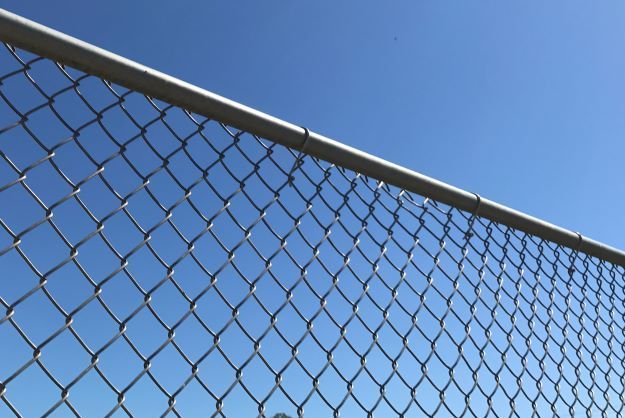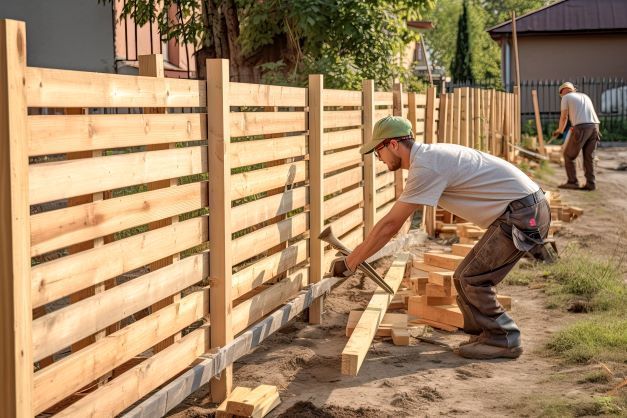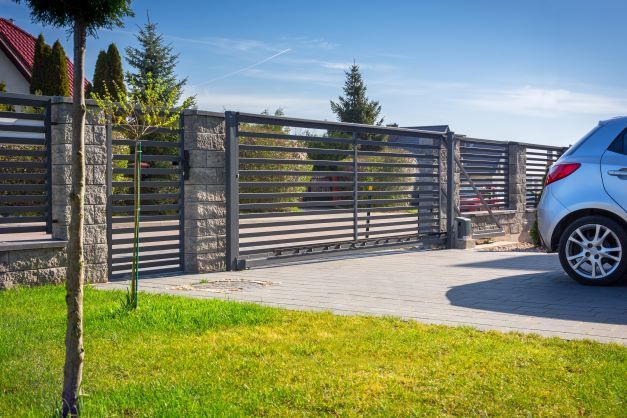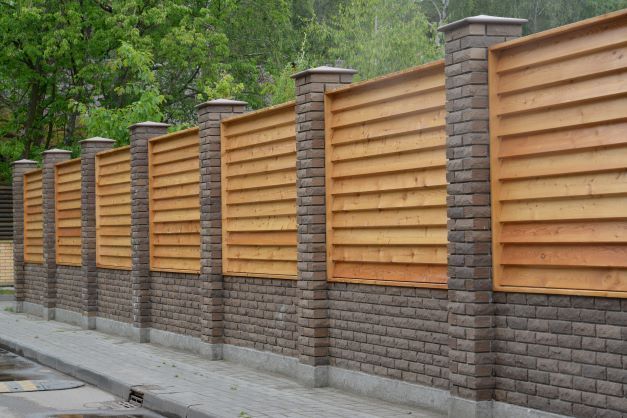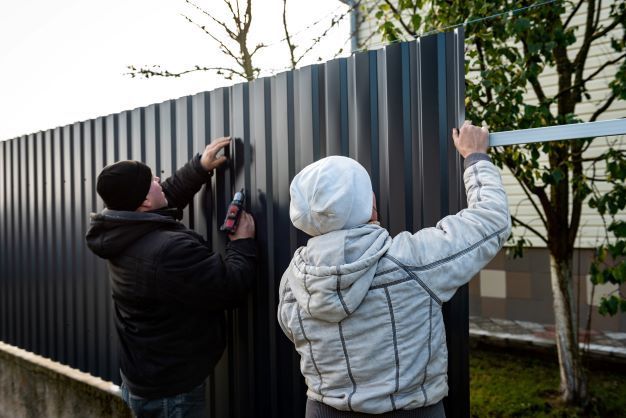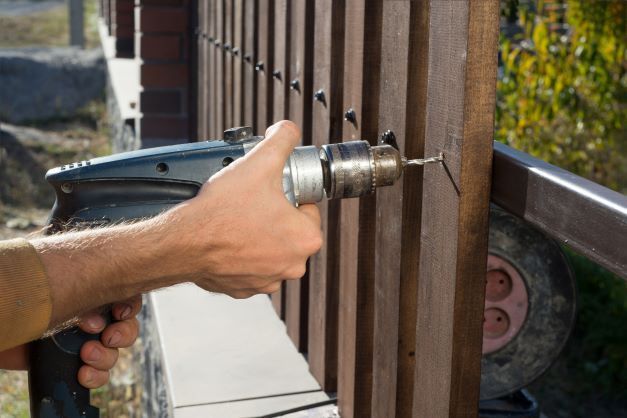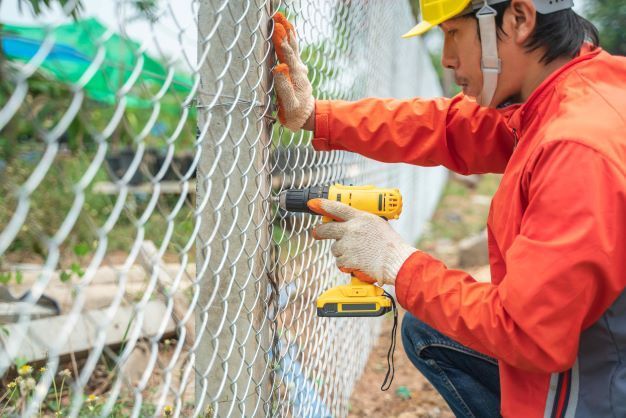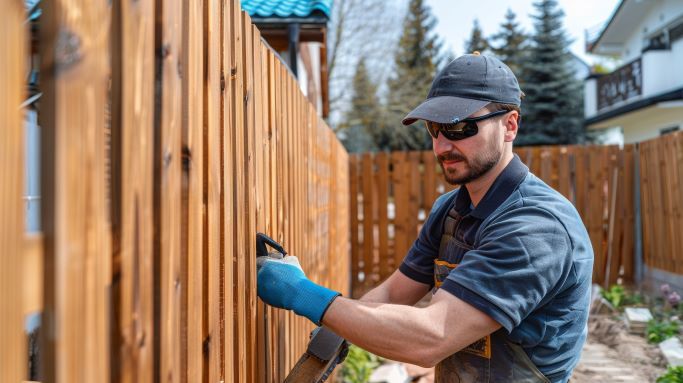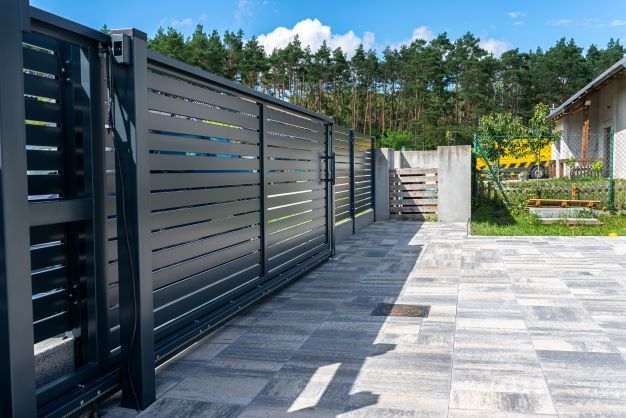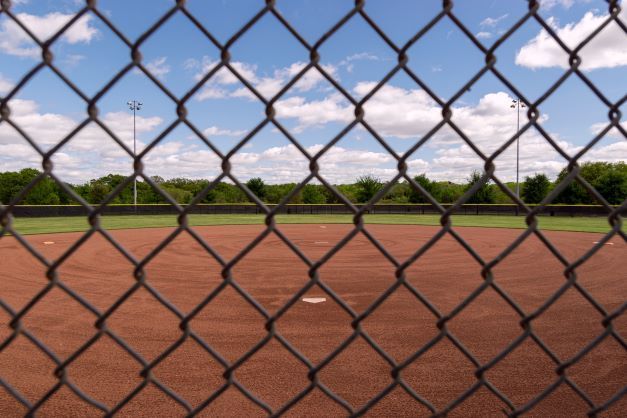Tips on Building a Wooden Fence
Tips on Building a Wooden Fence
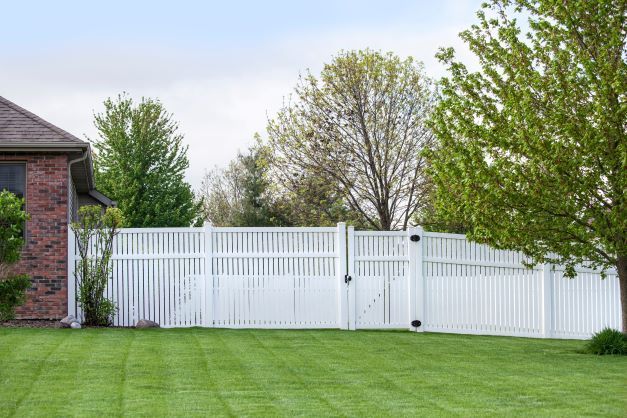
It’s always a good idea to think of your wood fence as part of your landscape design, and one that should complement any existing plantings. This will mean that you are using your wood fence as a natural border, rather than as a purely ornamental feature.
Planting your own wood fence is much more complex than planting regular plants, but there is still a lot of thought and planning required to do it well. It will be very important to keep in mind the height of the border and the shape, and also the number of trees and shrubs you want to surround it. It also has to be easy to trim back once it has been planted, so you need to have good quality and low maintenance supplies on hand.
For starters, choose a species of wood fence that has a uniform grain, even though the color may vary slightly. The grain should be evenly distributed all the way to the end of the fence, which should not be wider than the width of the plantings. You should also use a wooden fence that has no knots or splits, as these are unsightly.
It will also be a good idea to use a wood that is treated with an insect-resistant coating, but you can do this yourself if you prefer. Some woods are naturally resistant to some types of pests, while others can be more resistant to more specific kinds of pests. You should check the label of the fence for the appropriate treatment. Some plants can withstand more than one treatment.
It is very important to plant trees and shrubs around a wooden fence. This is because they block sunlight and moisture and will prevent it from penetrating the wood. You may choose to put a small pump beneath the fence, to ensure that the soil stays moist during the winter months. This may also prevent the growth of mold and mildew, which often grow around damp conditions.
It’s also good to plant plants close together rather than spreading out over large areas since this will create a more uniform effect. If your goal is to create an arched effect with the fence, then it is recommended to place your plants at a slight angle to each other, and not too close together to each other.
Once you’ve planted the wood, it is also good to take good care of it to prevent it from rotting and cracking. You should brush the grass clippings regularly to keep the soil evenly moist and prevent the root ball from collapsing.
There are many options available for the type of wood fence to use. You can choose from a wide range of woods, including cedar, pine, white cedar, redwood and hemlock, and evergreen oak, among others. There are also fence kits and pre-made ones that you can install yourself, though these will be far more expensive.
A cedar fence will give a beautiful look to any property, even if the fencing is only used for the outer portion of the house. It has a rich brown hue, which complements most colors in the landscape, including the golden-brown of the hills.
A white cedar fence has a golden honey color. It is also dense and will hold its color and strength. As for the color of the inner portions of the house, you can choose between red and white, or green. there is also an option of getting a blend of different colors for the fences depending on what you would like to achieve.
Evergreen oak, on the other hand, is the most durable of all wood varieties. It can withstand extreme heat and cold weather well and is easy to maintain.
There are other types of woods that you can use, such as metal and concrete, but they are not as easy to maintain. If you want something that can stand up to rain, snow, hail, and wind, then these are better options to consider.
